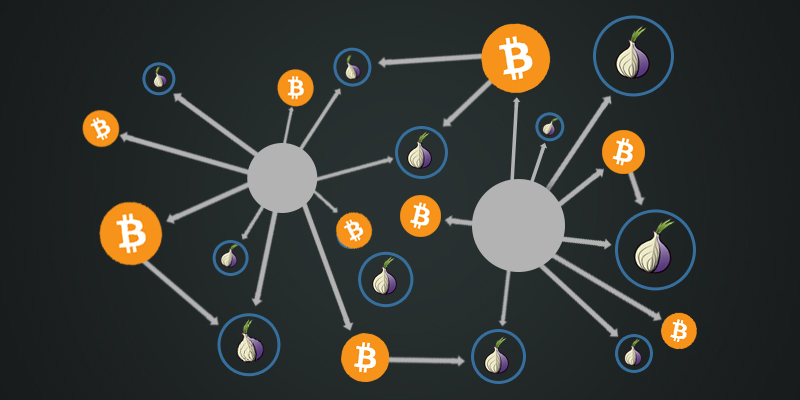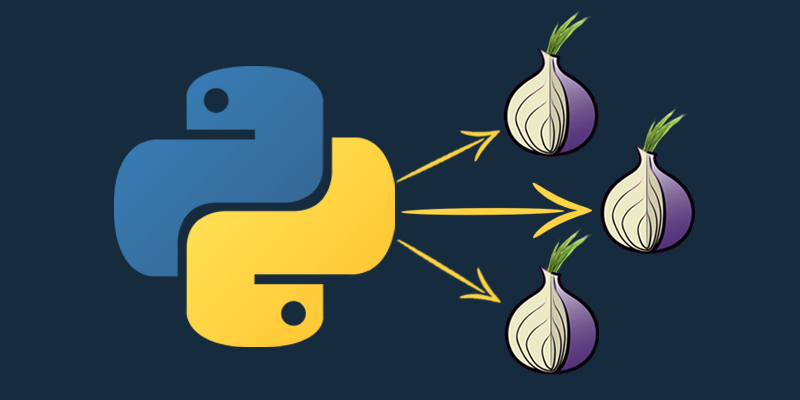
More and more investigations are being conducted on Tor and many of them can also include investigating Bitcoin transactions. The nature of Bitcoin is such that the transactions themselves are designed to be anonymous but there are many other factors that can dictate whether the owner of a Bitcoin wallet is protecting their identity correctly. […]





